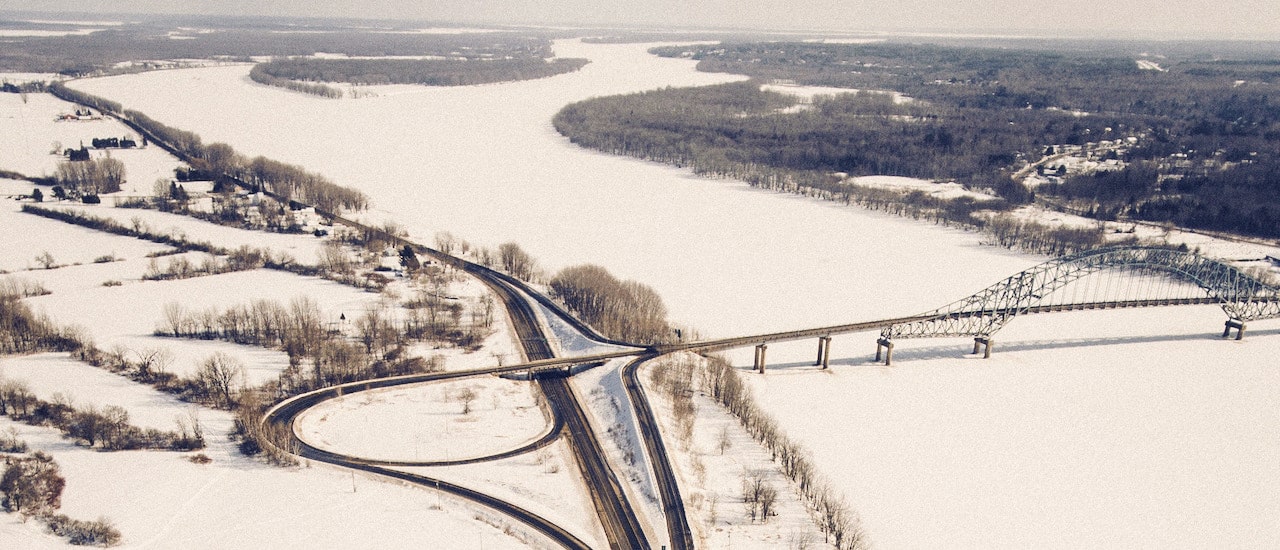While a new fund by the Canadian Radio-television and Telecommunications Commission (CRTC) has disappointed some Internet advocacy groups, we believe it could be critical to bringing Indigenous and northern communities online and closing Canada’s digital divide.
The Broadband Fund is slated to provide $750 million over five years, in addition to $500 million in funding by Innovation, Science & Economic Development Canada (ISED) to help Canada meet its universal service objective.
The CRTC is catching heat for halving project eligibility speeds, from 50 Mbps downloads to 25 Mbps (with a plan to scale to the original target), that were laid out in 2016 as part of a declaration that all Canadians should have broadband Internet as a basic telecommunications service. Because of this, some are saying it may give applicants less incentive to achieve the universal service target.
While speed is an important measure of Internet quality, it is not the only measure of success.
What I believe many are overlooking is that eligible applicants not only must outline how they’re going to consult communities as part of their plan, they must commit to respecting treaty and land claim rights if the project impacts Indigenous communities.
That makes it an unprecedented step forward by the regulator to ensure Indigenous voices have a say in the projects that are literally shaping the country’s future, and they should be applauded.
It also means we’ll have more diversity at the decision-making table when it comes to Internet access and is a significant step towards empowering Indigenous communities to find Internet connectivity solutions on their own terms.
Let me be clear. I do not support a “two-tier” Internet in Canada – one where some Canadians have access to faster service than others. However, I think the CRTC’s plan reflects the challenges that we face in Canada for deploying access, from low population density to an unforgiving geography and vast distances.
CRTC spokesperson Patricia Valladao made a great point when she told Financial Post that demanding the universal target right away would have eliminated some of the hardest to serve areas from the fund because of high costs of expansion.
Let’s look at Nunavut, for instance. The territory is home to 36,000 people in 25 communities, none of which are accessible by road, and spans more than two million square kilometres – more than twice the size of all of Scandanavia – over varied geography. Many residents still have trouble opening an email, let alone trying to use streaming services like Netflix.
The cost of building broadband infrastructure over vast areas such as these is understandably expensive. Given CRTC’s requirement for projects to demonstrate a plan to scale to the universal service target, I am willing to give them the benefit of the doubt. But for this to work, CRTC needs to make good on its commitment and we must hold them to it. If we leave Indigenous people out, none of this is going to work.
The good news is we can start these conversations next week.
On 11 October, I’ll join about 140 people in Inuvik, Northwest Territories in Canada at the second annual Indigenous Connectivity Summit (ICS). It is a place to engage, connect, and innovate with people working to bring fast, affordable, and sustainable Internet solutions to rural and remote Indigenous communities across the country.
While the CRTC says it will have resources for applicants ready in a few months, the ICS can give anyone a head start in learning about the unique issues faced by Indigenous people in the Canadian North and meeting the people who are trying to solve them.
We must remember that it has been over two years since CRTC declared fast and reliable Internet access a basic telecommunications service for every Canadian, and over two years since ISED committed $500 million to extend or enhance broadband service in rural and remote communities. That funding won’t be available until at least 2019, and the Broadband Fund’s five-year life span is too long for many of Canada’s Indigenous communities to wait for fast, reliable, and sustainable Internet access.
The Internet Society is committed to helping the federal government honour their commitment to community consultation. #Indigenet2018 is a great place to start. When it comes to connecting the world, everyone’s voice counts.
Register here to join us in person or online.
Read more of our coverage of the Indigenous Connectivity Summit 2018.

